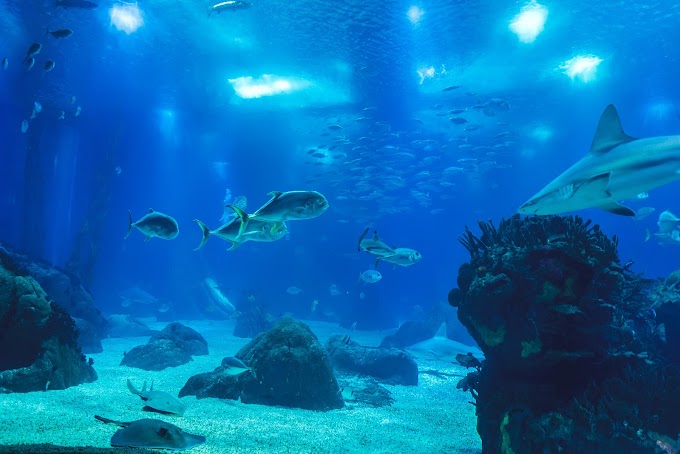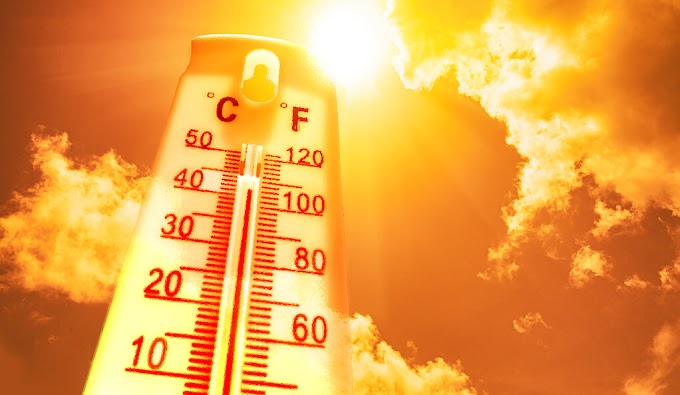Our oceans are home to a diverse range of marine life that supports millions of people around the world. However, overfishing, pollution, and climate change are threatening the health of our oceans and the future of marine biodiversity.
In response to these challenges, the United Nations (UN) has developed a historic treaty called the UN High Seas Treaty, which aims to protect 30% of the world's oceans by creating marine protected areas, regulating mining activities, and increasing funding for conservation efforts.
On Saturday, March 4, 2023, the United Nations members made a historic decision by agreeing on a unified treaty to protect biodiversity in the high seas. This is the first time that such an agreement has been reached, and it covers nearly half of the planet's surface.
 |
| Ambassador Rena Lee thanked delegates for their dedication and commitment. Photograph: Ministry of Foreign Affairs, Singapore |
The treaty is aimed at addressing the threats that human activities, such as overfishing and pollution, pose to marine life in these areas. It is hoped that this treaty will help to preserve and sustain the world's oceans for generations to come.
The treaty is a crucial step towards enforcing the 30x30 pledge made by countries at the UN biodiversity conference in December, which aims to protect a third of the sea and land by 2030.
The treaty will establish marine protected areas (MPAs) in areas beyond national jurisdiction, which will be subject to environmental impact assessments to ensure that all activities are carried out in a sustainable and responsible manner.
The treaty will also regulate mining activities on the high seas, which have the potential to cause significant environmental damage. In addition, the treaty will provide funding for conservation efforts to support the sustainable use of marine resources.
The COP (conference of parties) will meet annually to see the developments and share knowledge related to the treaty.
Overview of the High Seas Treaty
The High Seas Treaty, officially known as the United Nations Convention on the Law of the Sea, is an international agreement that establishes the legal framework for the use and conservation of the world's oceans.
The treaty was first adopted in 1982 and has since been ratified by over 160 countries. Its primary goal is to promote the peaceful use of the oceans while ensuring their protection and conservation for future generations.
The treaty is currently ratified by almost 200 countries to protect one-third of sea and land by 2030.
Under the treaty, all activities that take place in the high seas will be subject to environmental impact assessments, with member states held accountable for their actions.
This means that any potential harm to the environment must be thoroughly assessed and addressed before any activities can take place.
The treaty also aims to promote international cooperation in the management of the world's oceans and provides a framework for resolving disputes between nations over the use of the ocean. It is a significant step towards ensuring the sustainable use and conservation of our planet's ocean resources.






.png)


